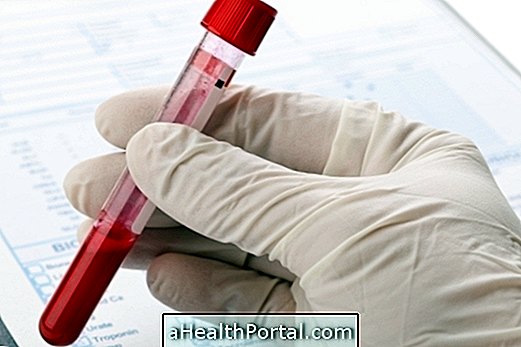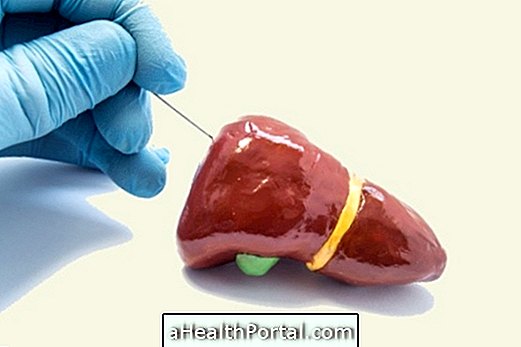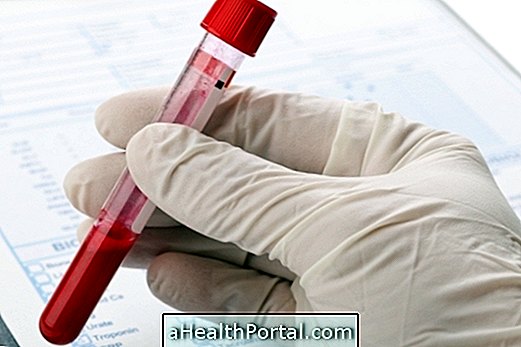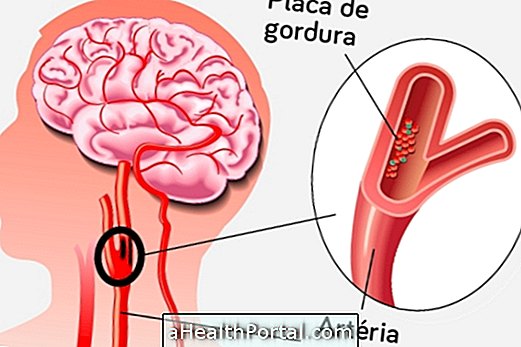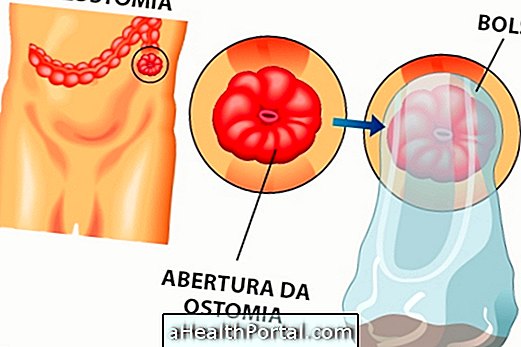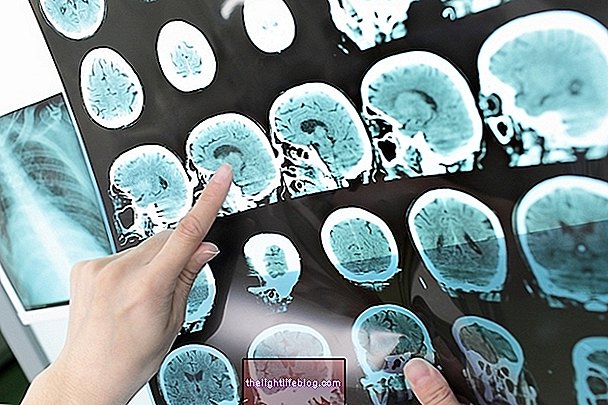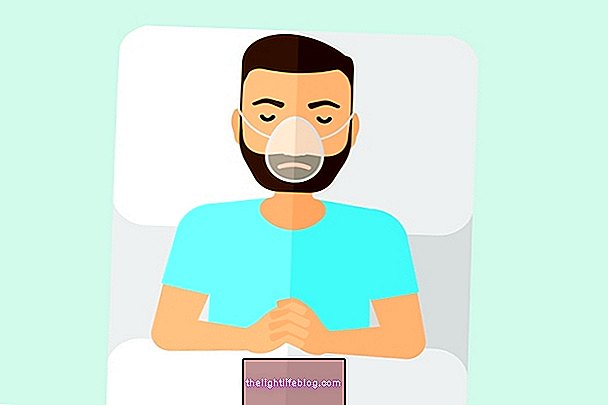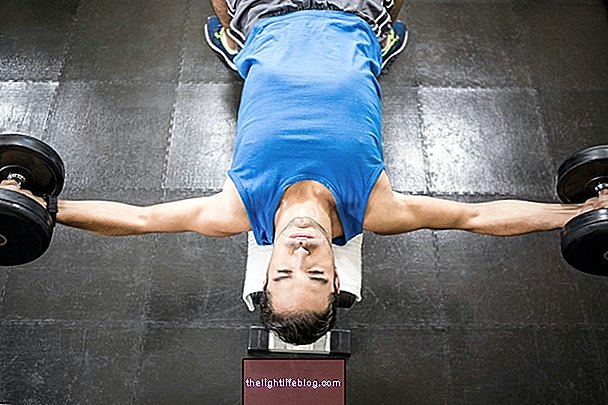The ophthalmologic examination is a test used to evaluate the eyes, eyelids and tear ducts in order to investigate eye diseases, such as glaucoma or cataract, for example.
Usually, the visual acuity test is performed, but other more specific tests can be done, such as evaluation of eye movements or eye pressure, and usually includes the use of specific machines or instruments, causing no pain and not requiring pain. preparation before the examination.
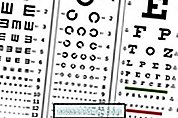


Complete ophthalmologic examination
A complete eye examination includes several tests and the ophthalmologist uses various instruments and lights to assess the health of the individual's eyes.
Usually the visual acuity test is the one that is done in all cases, even in contests, to work or drive, for example, and serves to evaluate the potential of vision of the individual being done with the placement of a sign, with letters of different sizes or symbols, in front of the individual and the patient tries to read them.
However, the complete ophthalmic examination includes other tests:
- Examination of eye movements: This examination is done to evaluate if the eyes are aligned, and the doctor may ask the patient to look in different directions, or point at an object such as a pen and observe the eye movements;
- Fundoscopy: serves to diagnose changes in the retina or optic nerve. The doctor uses an accessory lens to examine the patient;
- Tonometry: it is used to measure the pressure inside the eye, through a blue light projected on the eye of the individual and through the contact with metering apparatus or through a blowing apparatus;
- Assessment of lacrimal pathways: The doctor analyzes through eyedrops and materials the amount of tear, its permanence in the eye, its production and its removal.
In addition to these exams, the doctor may advise the patient to perform more specific exams such as Computerized Keratoscopy, Daily Tension Curve, Retinal Mapping, Paimmetry, and Visual Campimetry.
When to take the ophthalmological exam
The ophthalmologic examination varies according to the person's age and the presence or absence of vision problems, and people with vision problems should consult their ophthalmologist at least once a year and, if there is any change in vision, such as eye pain or blurred vision, for example, you should seek the advice of your ophthalmologist as soon as possible.
However, all people should do routine eye exams and should see a doctor:
- At birth: must test the little eye in the maternity or ophthalmological office
- At age 5: Before entering school, it is essential to take the exam to diagnose vision problems, such as myopia, which may hamper the learning process, and repeat the exam annually during this period;
- Between the ages of 20 and 40: one should try to go to the ophthalmologist at least twice during this time;
- Between 40 and 65 years: the view should be evaluated every 1-2 years, because the view has a greater chance of getting tired;
- After 65 years: it is important to evaluate the eyes every year.
In addition, your doctor may recommend more frequent, more specific tests if you have diabetes, high blood pressure, glaucoma, or have a visually demanding job, such as working with small parts or on the computer.
If you liked this information see also: Examination of sight.

